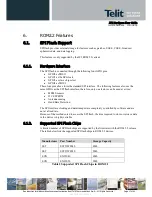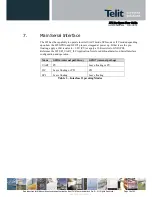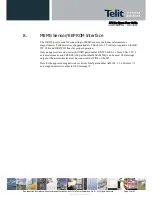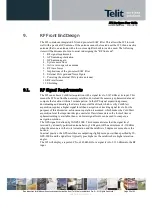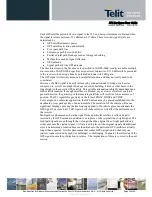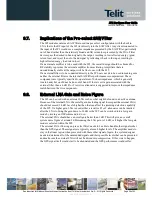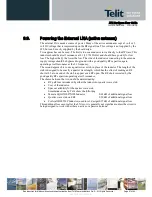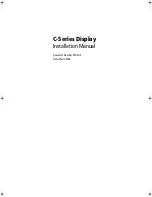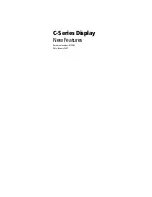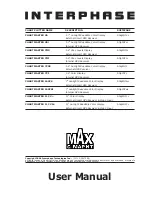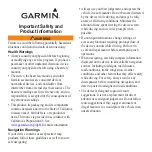
JF2 Hardware User Guide
1vv0300985 Rev.4 2013-04-09
Reproduction forbidden without written authorization from Telit Communications S.p.A. - All Rights Reserved.
Page 27 of 40
Mod. 0805 2011-07 Rev.2
9.9.
Powering the External LNA (active antenna)
The external LNA needs a source of power. Many of the active antennas accept a 3 volt or 5
volt DC voltage that is impressed upon the RF signal line. This voltage is not supplied by the
JF2, but can be easily supplied by the host design.
Two approaches can be used. The first is to use an inductor to tie directly to the RF trace. This
inductor should be at self resonance at L1 (1.57542 GHz) and should have good Q for low
loss. The higher the Q, the lower the loss. The side of the inductor connecting to the antenna
supply voltage should be bypassed to ground with a good quality RF capacitor, again
operating at self resonance at the L1 frequency.
The second approach is to use a quarter wave stub in place of the inductor. The length of the
stub is designed to be exactly a quarter wavelength, which has the effect of making an RF
short at L1 at one end of the stub to appear as an RF open. The RF short is created by the
good quality RF capacitor operating at self resonance.
The choice between the two would be determined by:
RF path loss introduced by either the inductor or quarter wave stub.
Cost of the inductor.
Space availability for the quarter wave stub.
Simulations done by Telit show the following:
Murata LQG15HS27NJ02 Inductor
0.65 dB of additional signal loss
Quarter wave stub on FR4
0.59 dB of additional signal loss
Coilcraft B09TJLC Inductor (used in ref. design)0.37 dB of additional signal loss
This additional loss occurs after the LNA so it is generally not significant unless the circuit is
being designed to work with either an active or a passive antenna.





